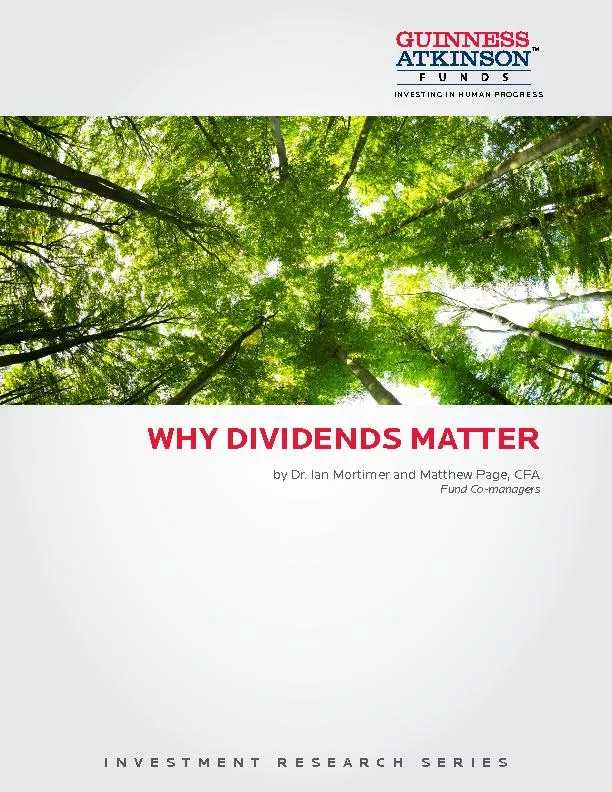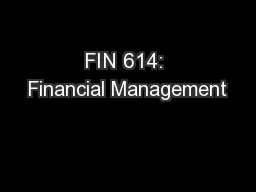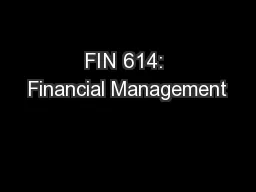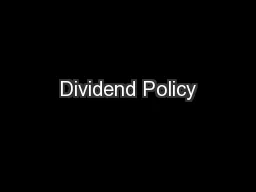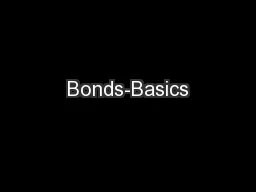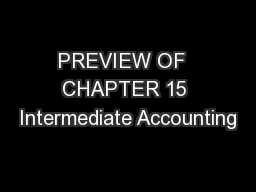PDF-INVESTMENT RESEARCH SERIESWHY DIVIDENDS MATTERINVESTING IN HUMAN PROGR
Author : marina-yarberry | Published Date : 2016-05-29
TM Investors seem to be rediscovering the power of dividends as an important element in the pursuit of longterm total returns Following the nancial crisis of 20089
Presentation Embed Code
Download Presentation
Download Presentation The PPT/PDF document "INVESTMENT RESEARCH SERIESWHY DIVIDENDS ..." is the property of its rightful owner. Permission is granted to download and print the materials on this website for personal, non-commercial use only, and to display it on your personal computer provided you do not modify the materials and that you retain all copyright notices contained in the materials. By downloading content from our website, you accept the terms of this agreement.
INVESTMENT RESEARCH SERIESWHY DIVIDENDS MATTERINVESTING IN HUMAN PROGR: Transcript
Download Rules Of Document
"INVESTMENT RESEARCH SERIESWHY DIVIDENDS MATTERINVESTING IN HUMAN PROGR"The content belongs to its owner. You may download and print it for personal use, without modification, and keep all copyright notices. By downloading, you agree to these terms.
Related Documents

